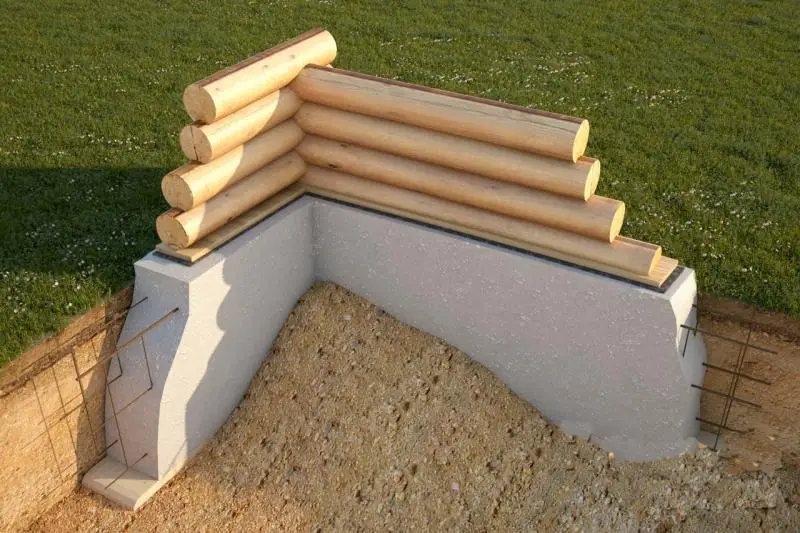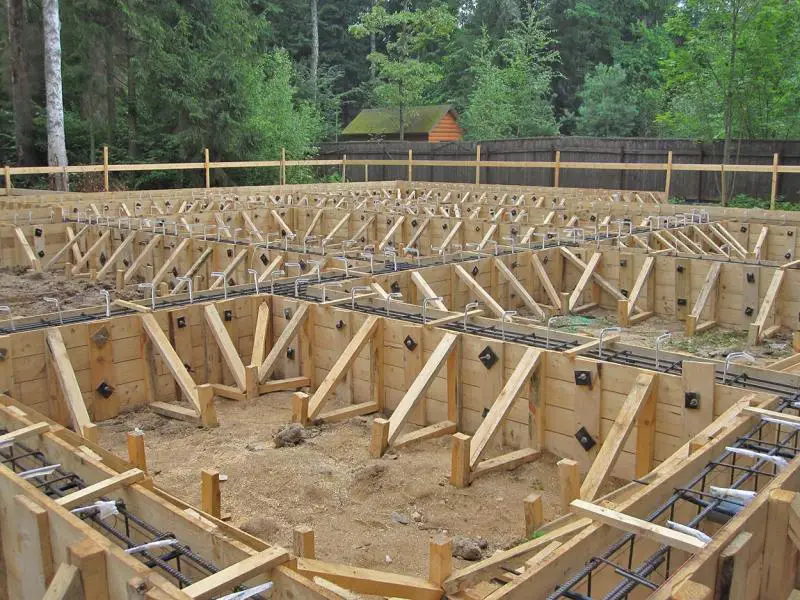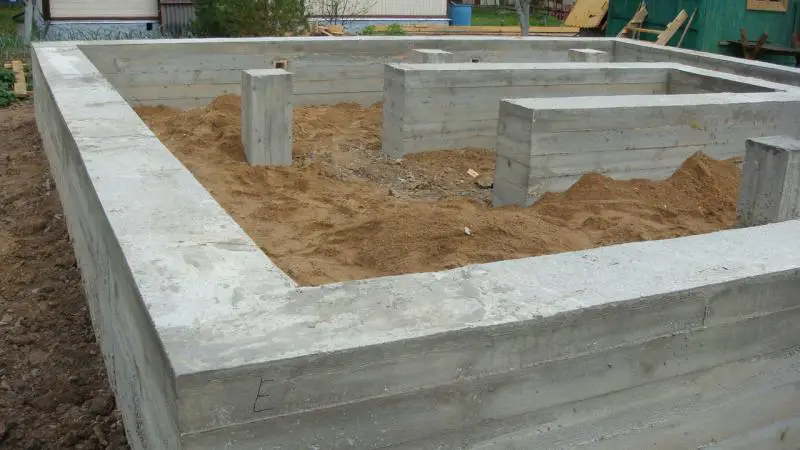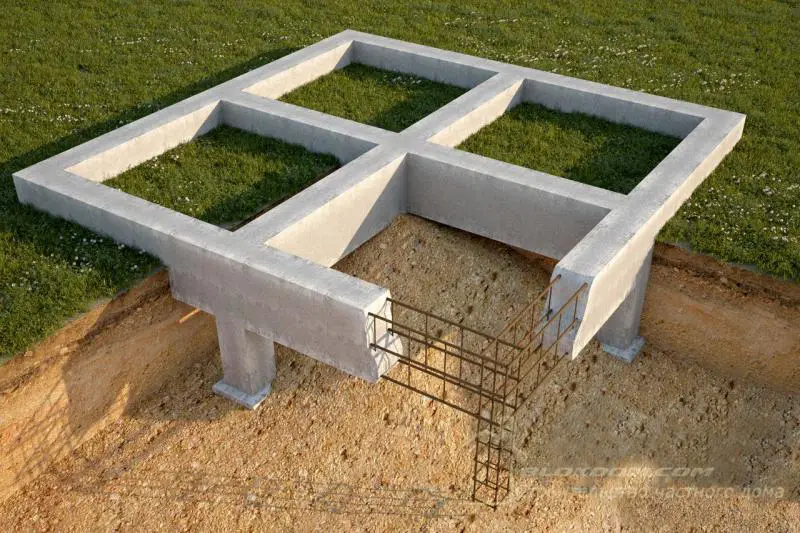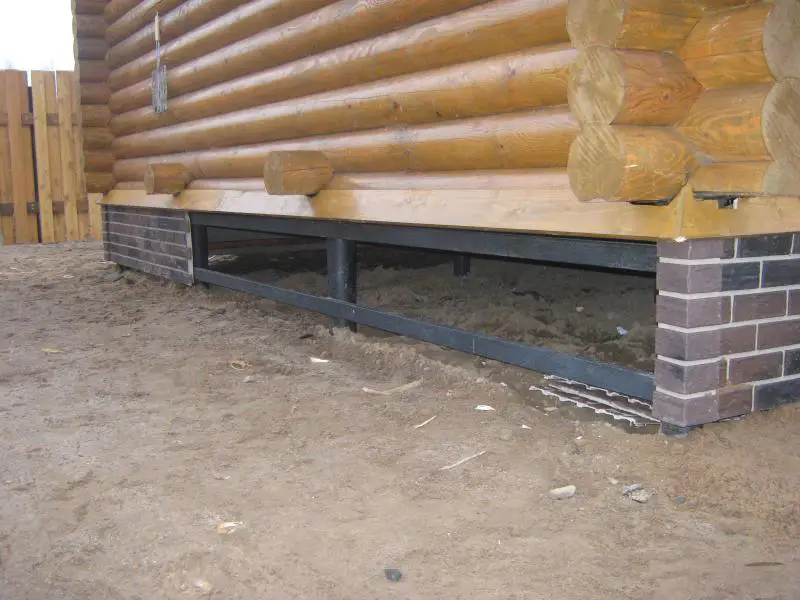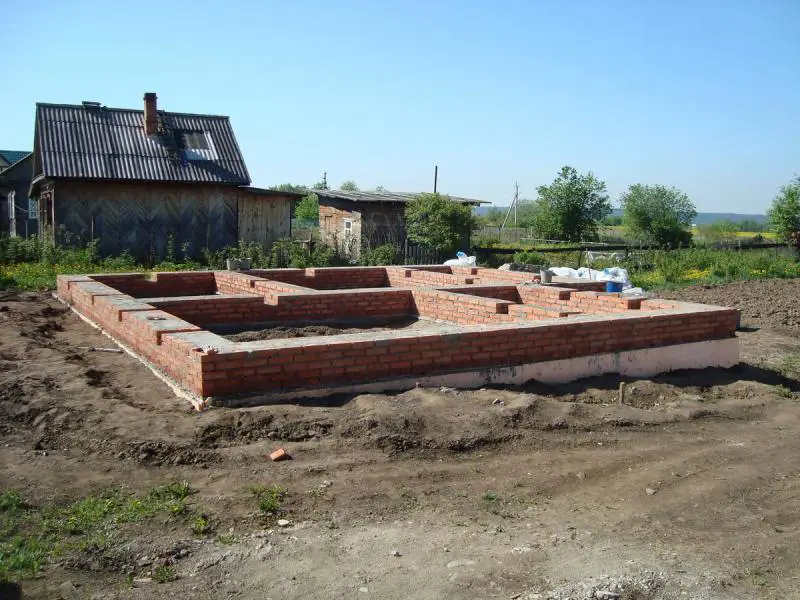There can be your advertisement
300x150
Swedish Foundation Slab
On unstable soils, which abound in our country, slab-type foundations are increasingly used. Their main structural feature is a rigid, monolithic slab beneath the entire structure. Due to increased contact area with the ground, building pressure on the soil is reduced, making the structure more stable.
With this foundation type, seasonal freezing and thawing of the soil, soil movement, or fluctuations are not a concern.
Where is this foundation type used?
In regions with harsh winters—practically the entire territory of the Russian Federation—it is advisable to use the 'Swedish slab' technology. A special energy-saving slab is laid at the base of the structure, making it ideal for our climatic conditions, which are similar to those in Sweden.

The key element in manufacturing 'Swedish slabs' is the material. These are unique thermal insulation composites that reliably protect the building floor from cold coming from the ground. Additionally, all utilities, including underfloor heating, are integrated into the slab. It should be noted that this structure is relatively expensive, but its advantages more than justify the investment:
- installation of this foundation type is very fast, already allowing savings on hired labor;
- no heavy machinery is required during installation, and all utilities installed in the slab—including heating pipes—are included in the cost;
- immediately after installation, the building has a heated floor, ready for any desired flooring without additional treatment.
It should be noted that the slab material is selected to minimize thermal conductivity. Measurements show that the 'Swedish slab' outperforms regular concrete by a factor of three in this regard, providing excellent floor insulation.
How is the Swedish slab foundation installed?
The installation process for the 'Swedish slab' foundation is relatively simple (though professional consultation is recommended before starting). To install it, you need to:
- excavate a shallow trench, slightly larger than the future building's footprint;
- create a sand cushion, sometimes topped with geotextile;
- lay all utilities and drainage systems on the sand or geotextile;
- cover the entire system with a uniform layer of gravel;
- install two layers of polystyrene foam, with a waterproofing layer between them;
- lay the water-based heating pipes on the foam and inflate them with a compressor to prevent damage during concrete pouring;
- finally, install reinforcement and pour the concrete.
It can be said that the 'Swedish slab' is not just a trendy construction method. According to experts, it is a truly effective technology that allows a house to be securely built on any soil type. Moreover, energy-saving systems significantly reduce energy costs, quickly paying back the initial investment.

